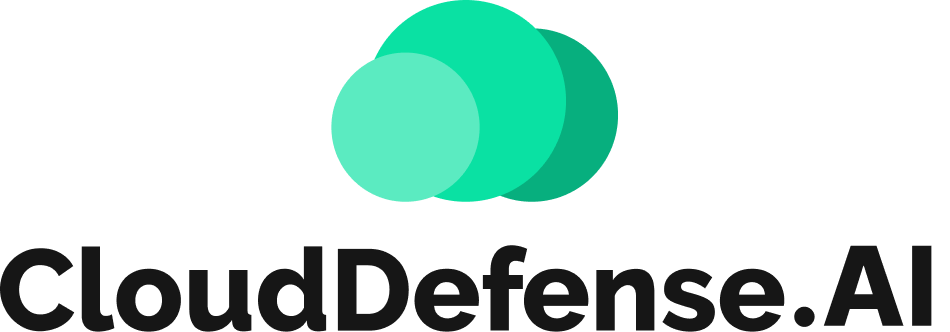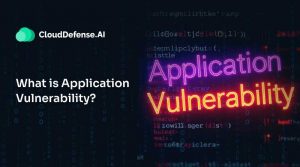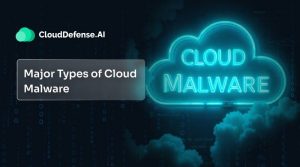What is Threat Modeling?
Threat modeling is a way to look at your system or application and figure out where it might be vulnerable to attacks. It’s like taking a step back and asking, “If I were a hacker, how would I try to break into this?”
At its core, threat modeling involves:
1. Mapping out your system: What are its components? How do they interact?
2. Identifying potential threats: What could go wrong? Who might try to attack you?
3. Assessing the risks: How likely are these threats? How bad would they be if they happened?
4. Figuring out countermeasures: What can you do to prevent or mitigate these threats?
The goal is to spot vulnerabilities before the bad guys do. It’s not about paranoia, but about being smart and prepared. As you understand where you’re most at risk, you can focus your security efforts where they’ll have the biggest impact.
Why is Threat Modeling Crucial?
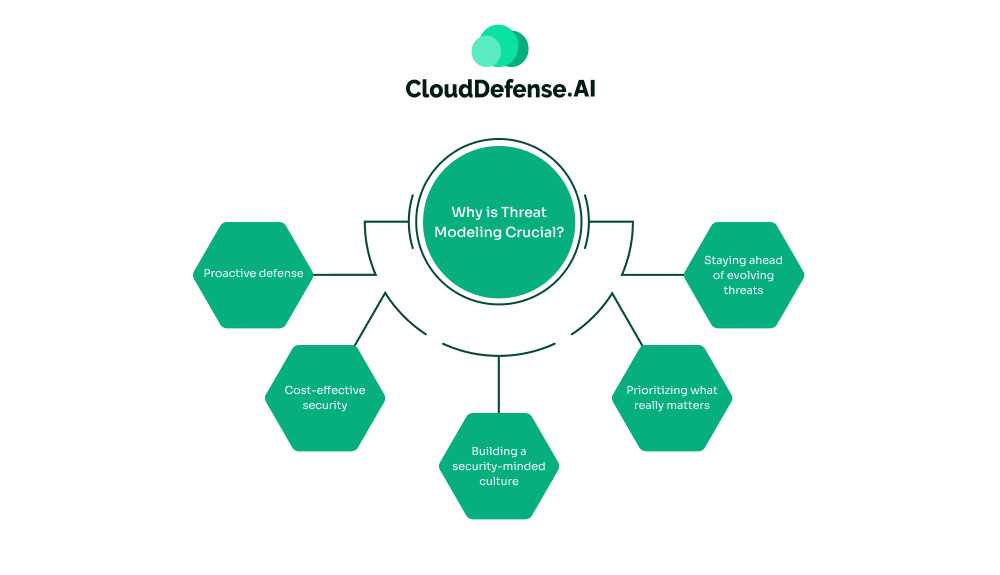
Proactive defense
In cybersecurity, we’re often playing catch-up. Threat modeling flips the script. Instead of scrambling to patch holes after an attack, we’re thinking like hackers before they strike. It’s like installing a security system in your house before the burglars even know you exist.
Cost-effective security
Finding and fixing vulnerabilities early saves a ton of money. It’s way cheaper to redesign a flawed system component during development than to overhaul an entire product after it’s launched. Threat modeling helps us catch these issues when they’re still on paper, not in production.
Building a security-minded culture
When we make threat modeling a regular part of our process, it changes how everyone thinks. Developers start considering security from day one, not as an afterthought. It’s like teaching kids to look both ways before crossing the street – it becomes second nature.
Prioritizing what really matters
Not all risks are created equal. Threat modeling helps us figure out which vulnerabilities could cause the most damage. This way, we’re not wasting time on minor issues while leaving the door wide open for major attacks.
Staying ahead of evolving threats
Cyber threats are constantly changing. What was secure yesterday might be vulnerable today. Regular threat modeling helps us stay on our toes, adapting our defenses as new attack methods emerge. It’s an ongoing process, not a one-time thing.
5 Steps in the Threat Modeling Process
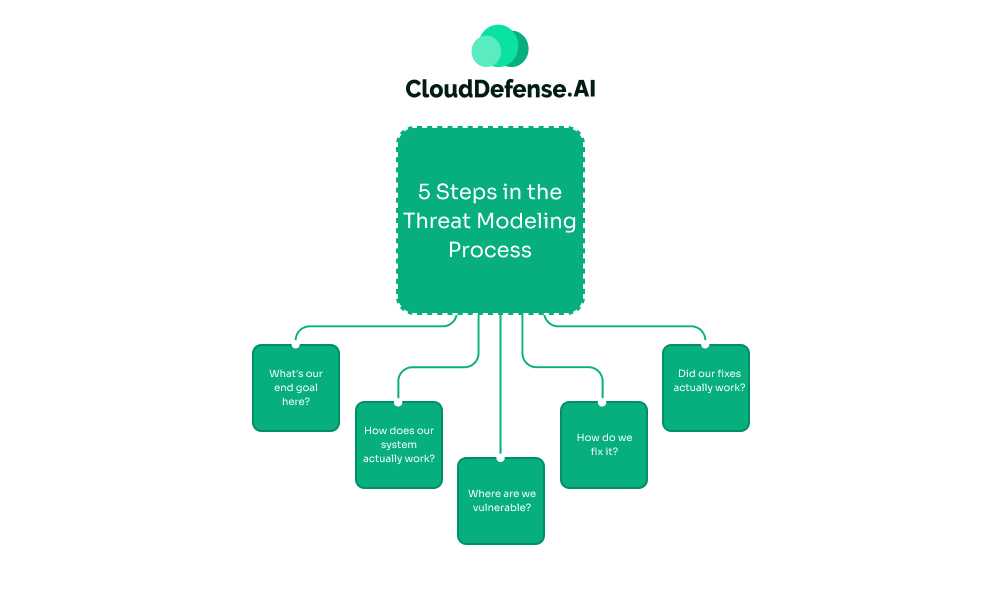
1. Setting Clear Objectives
This initial step is crucial for focusing our efforts and ensuring we’re addressing the right concerns. We need to clearly define the scope of our analysis and understand what we’re trying to protect.
Let’s say we’re threat modeling a new e-commerce platform. We might ask:
This is where we ask ourselves some tough questions:
- What are our most critical assets? (Customer payment info, order history, inventory data?)
- What regulations do we need to comply with? (PCI-DSS, GDPR, CCPA?)
- What would a “worst-case scenario” look like for our business?
- By answering these, we set the stage for a focused and effective threat modeling process.
We should also consider the context of our system:
- Is this a new application or an update to an existing one?
- What’s our risk tolerance as an organization?
- Do we have any specific threats we’re particularly concerned about?
By the end of this step, we should have a clear, written statement of our objectives. This keeps us focused and helps justify security decisions later on.
2. Creating a Visual System Model
Now, let’s map it out. We’re not just talking about network diagrams here – we want to see how data flows, where it’s stored, and how users interact with the system. This visual representation helps us spot potential weak points that might not be obvious on paper.
As we’re drawing this out, we should be thinking:
- Where are the trust boundaries in our system?
- How does data move between different components?
- What external systems do we connect with?
The goal is to have a comprehensive view of our system that will inform the rest of our process. It’s often helpful to involve multiple team members in this step – developers, ops folks, and security specialists all bring valuable perspectives.
3. Identifying Threats
With our model in hand, it’s time to think like an attacker. This is where frameworks like STRIDE (Spoofing, Tampering, Repudiation, Information Disclosure, Denial of Service, Elevation of Privilege) can be really helpful.
For each component of our e-commerce system, we might ask:
- How could someone impersonate a legitimate user? (Spoofing)
- Could an attacker modify order data in transit? (Tampering)
- Is there a way to deny making a purchase after the fact? (Repudiation)
- How might sensitive data be leaked? (Information Disclosure)
- Could we be vulnerable to a DDoS attack? (Denial of Service)
- Is there a way for a regular user to gain admin privileges? (Elevation of Privilege)
It’s important to think creatively here. Consider unconventional attack vectors:
- Could social engineering be used to bypass our security?
- Are there physical security concerns? (Like access to server rooms)
- What if one of our third-party providers is compromised?
Document each potential threat you identify. Don’t worry about how likely or severe they are yet – we’ll prioritize later.
4. Mitigating Identified Threats
Now that we know where we’re vulnerable, it’s time to shore up our defenses. This step is all about finding practical, effective ways to address the threats we’ve identified. It might involve changing system architecture, adding security controls, or updating policies and procedures.
As we work on solutions, we need to consider:
- How can we address this threat without disrupting normal operations?
- Is this mitigation cost-effective compared to the risk?
- Are we introducing new vulnerabilities with this fix?
It’s also crucial to prioritize. We can’t fix everything at once, so we need to focus on the highest-risk threats first. Consider using a risk matrix to help with this.
5. Validating Mitigations
Our work isn’t done once we’ve implemented fixes. We need to circle back and make sure our mitigation efforts actually worked. This might involve penetration testing, code reviews, or simulated attacks.
We should be asking:
- Are our mitigations consistently applied across the system?
- Have we actually addressed the root cause of each threat?
- Have we introduced any new vulnerabilities in the process?
- How can we test the effectiveness of our mitigations?
This step often reveals new insights. Maybe a mitigation wasn’t implemented correctly, or perhaps it introduced a new vulnerability. That’s okay – threat modeling is an iterative process.
By following these steps thoroughly, we create a robust, proactive approach to security. It takes time and effort, but it’s far more effective than constantly reacting to breaches after they occur.
Common Misconceptions About Threat Modeling
Threat modeling is often misunderstood in the world of cybersecurity. Let’s clear up some of the most common misconceptions:
It’s Only for the Design Phase
Many people think threat modeling is just something you do at the start of a project. This isn’t true. While it’s definitely important to do threat modeling early on, it’s an ongoing process. You should keep revisiting and updating your threat models throughout the lifecycle of your system or application.
Automated Testing Can Replace It
Some folks believe that if they’re doing things like penetration testing or automated code scans, they don’t need to bother with threat modeling. This is a mistake. Automated tools are great for finding certain types of vulnerabilities, but they’re not so good at spotting design flaws or bigger-picture issues. Threat modeling helps you see the forest, not just the trees.
It’s Too Complicated
There’s a perception that threat modeling is this super complex process that only security experts can do. Sure, it can get pretty in-depth, but it doesn’t have to be overwhelming. You can start with simple techniques and build from there. The important thing is to think critically about potential threats and how to address them.
It’s Not Necessary After Deployment
Once a system is up and running, some people think threat modeling is no longer needed. This couldn’t be further from the truth. The threat landscape is always changing, and new vulnerabilities can emerge at any time. Ongoing threat modeling helps you stay on top of these changes and adapt your security measures accordingly.
Only for Big Companies or High-Risk Systems
There’s a misconception that threat modeling is only worth doing for large enterprises or systems handling really sensitive data. In reality, it’s valuable for projects of all sizes. Even small applications can benefit from thinking through potential threats and how to mitigate them.
Threat Modeling Best Practices
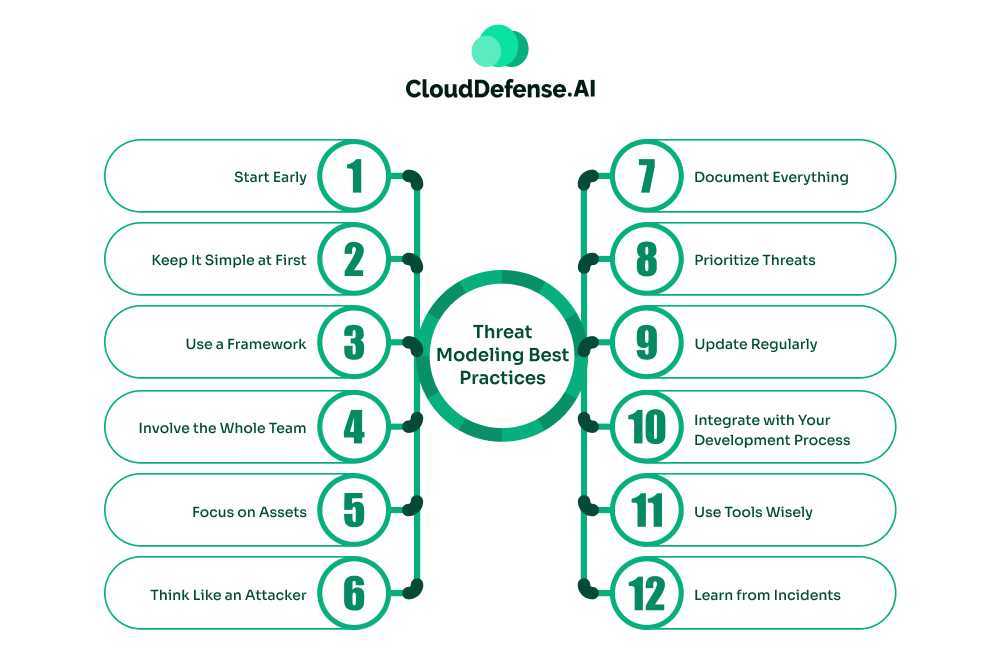
Start Early
Begin threat modeling as soon as possible in your development process. It’s easier and cheaper to address security issues early on rather than trying to bolt on security later.
Keep It Simple at First
When you’re just starting out with threat modeling, it’s easy to get overwhelmed. Don’t try to tackle everything at once. Focus on the basics:
- What are you building?
- What could go wrong?
- What are you going to do about it?
- Did you do a good job?
Use a Framework
There are several established frameworks for threat modeling, like STRIDE or PASTA. Pick one that fits your needs and stick with it. This gives you a structured approach to follow.
Involve the Whole Team
Threat modeling isn’t just for security specialists. It’s most effective when you involve people from different areas of your project – developers, architects, product managers, and even end-users if possible. Each person brings a unique perspective that can help identify potential threats you might otherwise miss.
Focus on Assets
Identify what you’re trying to protect. Is it user data? Financial information? Intellectual property? Understanding your assets helps you prioritize your efforts.
Think Like an Attacker
Try to put yourself in the shoes of someone who wants to compromise your system. What would they target? How would they go about it?
Document Everything
Keep clear records of your threat modeling process, findings, and decisions. This helps with future reviews and audits.
Prioritize Threats
Not all threats are created equal. Use a system like DREAD to assess the potential impact and likelihood of different threats.
Update Regularly
Threat modeling isn’t a one-and-done activity. Review and update your models as your system evolves or new threats emerge.
Integrate with Your Development Process
Make threat modeling a standard part of your development lifecycle, not a separate activity.
Use Tools Wisely
There are tools available to help with threat modeling, but don’t rely on them entirely. They’re aids, not replacements for critical thinking.
Learn from Incidents
When security incidents do occur, use them as input for your threat models. What did you miss? How can you improve?
Wrapping Up
Threat modeling isn’t a one-time task or a box to check off. It’s an ongoing process that evolves with your project. As you put these best practices into action, remember that the goal is to improve your security, not achieve perfection.
Don’t get discouraged if you uncover more threats than you expected. That’s actually a good thing – it means you’re doing it right. The whole point is to find these issues so you can address them.
Keep in mind that threat modeling is a skill that improves with practice. You’ll get better at it over time, and it’ll become a natural part of your development process.
By making threat modeling a regular habit, you’re taking a big step towards building more secure and resilient systems. Keep at it!
